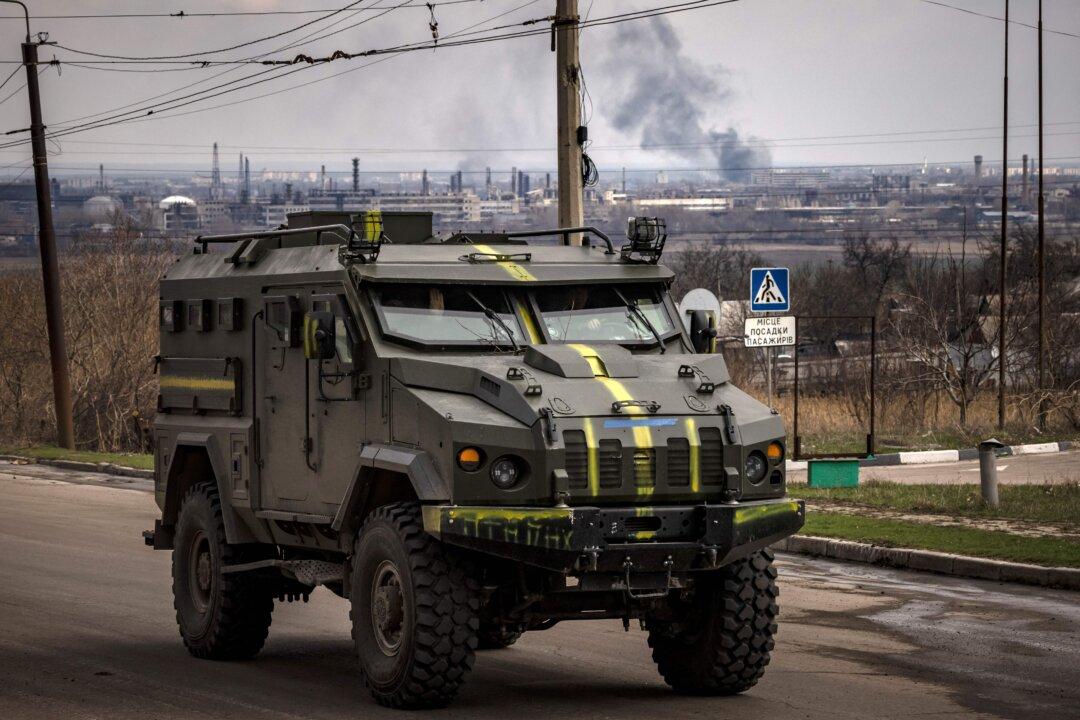Commentary
How many casualties has Ukraine suffered? How many causalities has Russia suffered? Answering these questions is critical to determining the best and most moral path forward for Ukraine and the United States.

How many casualties has Ukraine suffered? How many causalities has Russia suffered? Answering these questions is critical to determining the best and most moral path forward for Ukraine and the United States.